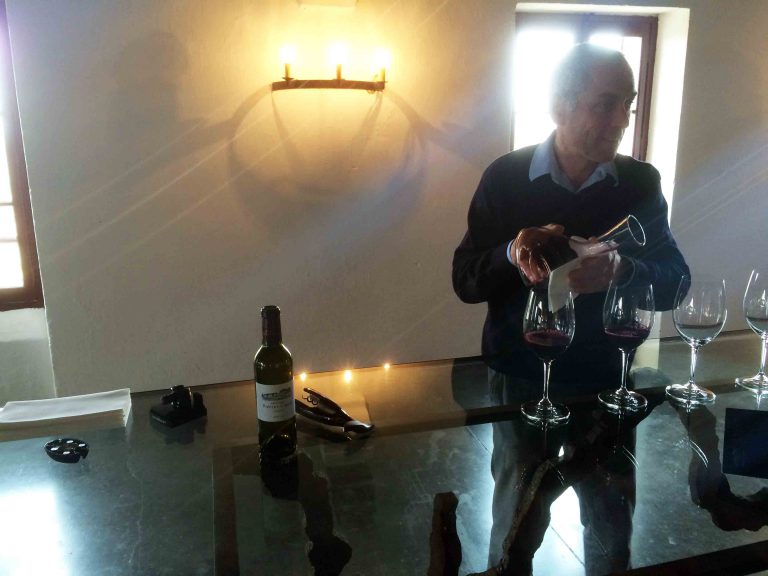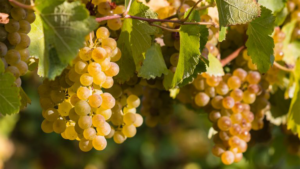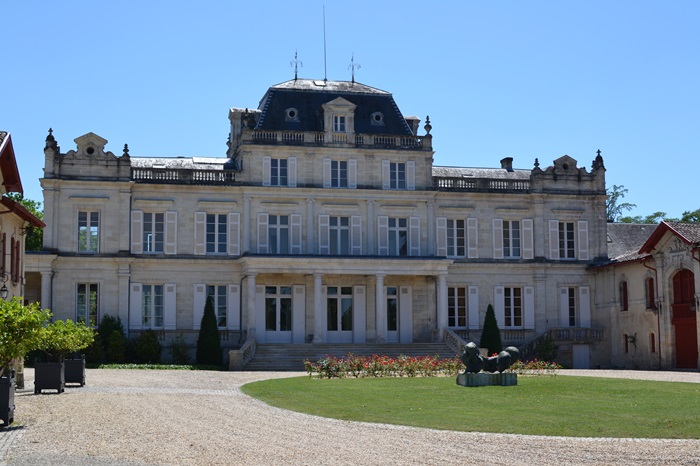
Château Giscours stands as a true icon of the Margaux appellation. The estate masters the art of Cabernet Sauvignon to perfection, drawing on more than four centuries of winemaking expertise. Join the iDealwine team and step inside this remarkable estate through an exclusive 2024 interview with Adeline Warthmann, Head of Marketing and Communications.
The history of Château Giscours
Origins of the vineyard
Château Giscours traces its origins back to 16th-century France when Pierre de Lhomme, a wealthy Bordeaux draper, planted vines on what was then wild land in 1552. These vines grew near the noble house of “Guyscoutz”, which he had previously acquired.
Property expansion: stables, vathouse, landscaped grounds…
Two and a half centuries later, industrialist and wine merchant Marc Promis breathed new life into the building and its vineyard. He commissioned the construction of the elegant neoclassical château that still stands today in Labarde. Additional buildings were added to facilitate vineyard operations, including the creation of the estate’s stables.
In 1847, Marc Promis was succeeded by Jean-Pierre Pescatore, who brought fresh scale and ambition to Giscours. With collaborators such as Pierre Skawinski, he increased investments and oversaw the creation of the vathouse. A magnificent space designed to elevate the quality of the wines. Thanks to Pescatore’s vision, Château Giscours was classified as a Troisième Grand Cru Classé in 1855. In 1870, Eugène Bühler, a graduate of the Royal Horticultural School of Versailles, designed the vast Giscours park – a sweeping green haven that continues to foster biodiversity around the château to this day.
A renewed expertise
In 1875, Édouard Cruse took over the reins of the estate, bringing a fresh vision of viticulture with the construction of the impressive Ferme Suzanne. This remarkable building once housed Bordeaux cattle and remains a striking example of agricultural architecture. He also established a haven designed to welcome the children of estate workers and local residents, transforming Château Giscours into a genuine community – a small village in its own right.
In 1952, the property was acquired by Nicolas Tari, who undertook the restoration of the estate’s 300 hectares. Later, in 1992, his son created the Giscours family’s third wine, drawn from historic plots in the Haut-Médoc.
A spirit of innovation
1995 marked the end of an era and the beginning of another. Eric Albada Jelgersma, a Dutchman by birth, art collector and passionate wine lover, undertook the renovation of the buildings essential to wine production. Today, the estate is run by his children – Dennis, Derk and Valérie – supported by General Manager Alexander Van Beek. Château Giscours spans 400 hectares of land, including 240 ha of meadows and woodland, alongside 160 ha of vines. In 2019, the estate once again underwent a period of renewal, with the creation of a rosé crafted from Cabernet Sauvignon, and the establishment of a kitchen garden to supply fresh, seasonal produce to the estate’s private restaurant. That same year saw the introduction of 60 Landes sheep, marking a significant year of expansion for the estate.
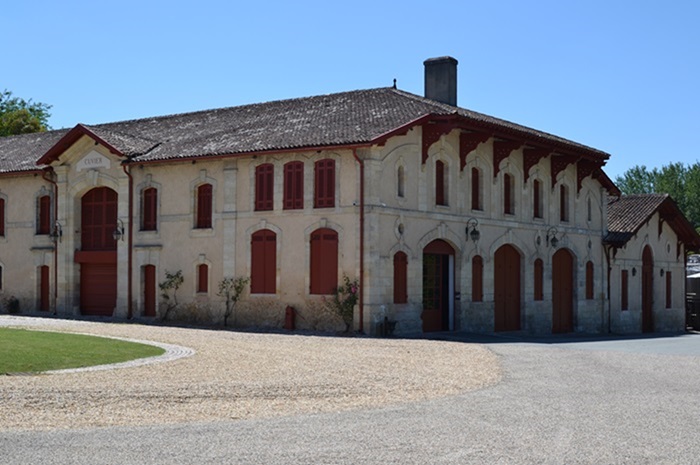
The art of precision winemaking
A prestigious terroir defined by gravelly hillocks
Château Giscours enjoys one of the most renowned terroirs in the world, captivating wine lovers everywhere. Beneath its vineyards lies an alluvial deposit of Garonne gravel from the ancient Quaternary period, originating in the Pyrenees. These gently rolling, well-draining, and nutrient-poor gravelly hillocks, known as croupes, that make up the region’s characteristic topography creating ideal conditions for growing vines. They provide the perfect playground for Cabernet Sauvignon.
At Château Giscours, three different gravelly outcrops contribute complexity to the wine. To the west of the estate lies Grand & Petit Poujeau, composed mainly of gravelly soils, rich in stones and pebbles (Peyrosols). Reaching 21 metres above sea level, this warm soil type perfectly suits the ripening of Cabernet Sauvignon. Then, there is Bel Air, a terroir of sandy-gravel soils (Brunisols). Located at 12 metres in altitude, it is known for being a cooler terroir. Finally, Cantelaude combines gravelly and sandy-gravel soils (Peyrosols and Brunisols). Rising to 17 metres in altitude, it offers ideal conditions for both Merlot and Cabernet Sauvignon.
Viticultural precision and plot-by-plot harvests
Château Giscours spans 160 hectares of vines, including 100 ha within the Margaux appellation and 60 in the Haut-Médoc, divided into around thirty distinct plots. The oldest, planted in 1923, lies to the south-east of the estate and is called Casino. The estate is home to four grape varieties: Cabernet Sauvignon, Cabernet Franc, Merlot, and Petit Verdot. The vines are carefully tended using sustainable farming practices and are currently managed according to organic agriculture methods, although not certified. The Château Giscours team works tirelessly to promote vine health by carefully managing the leaf canopy to limit evapotranspiration. A true art of balance and precision! More recently, the estate has adopted plot-by-plot harvesting, picking the youngest vines first and the oldest last. This meticulous approach brings remarkable density and finesse to the estate’s wines.
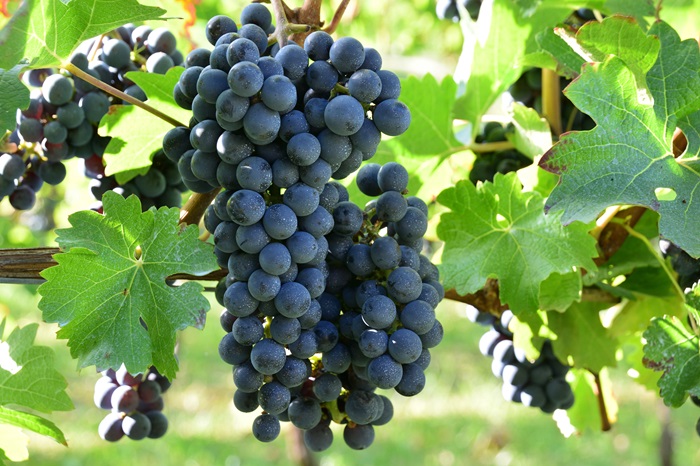
Exceptional expertise in the winery
Château Giscours stands as a true landmark of the Margaux appellation. Generations of owners who walked these Bordeaux lands each brought their personal vision of viticulture and passed down a priceless expertise spanning over 450 years. Let’s step inside this magnificent winery, where the guiding principles are “aromatic brilliance” and “delicate tannin”. The vathouse is divided into several dedicated spaces, including one for vinifying Margaux wines, and another for Haut-Médoc wines. The building also houses 1,500 French oak barriques for ageing from 10 different coopers. Before alcoholic fermentation begins, the winery team at Château Giscours performs a cold pre-fermentation maceration, enhancing the purity and expression of the fruit. Five dedicated cellar workers watch over the barriques as their content quietly evolves with time.
A vibrant living space
The Parc de Giscours
Dating back to 1870, the park at Château Giscours is a true haven of biodiversity within the Margaux appellation. As mentioned earlier, it was designed by Eugène Bühler. Today, it is home to a remarkable variety of rare plant and tree species from around the world. A genuine work of natural art, this green expanse also shelters an abundance of wildlife including birds, insects, geese, and even the estate’s own flock of sheep.
Château Giscours: Best of Wine Tourism 2024
“Giscours is known for the exceptional quality of its hospitality,” Adeline Warthmann told us during our interview. Indeed, the estate was awarded a Best Of Wine Tourism prize in 2024, recognising its outstanding commitment to its visitors. The estate’s guiding motto: “We get up in the morning for the consumer,” perfectly reflects its customer-centric ethos. On site, guests can enjoy a private dining experience made with fresh produce from the estate’s kitchen garden and farm. Visitors can also stay overnight, or longer, in one of the three charming guest rooms on the property. And a reception and events hall is also available within the château complex, just under 30 kilometres from Bordeaux.
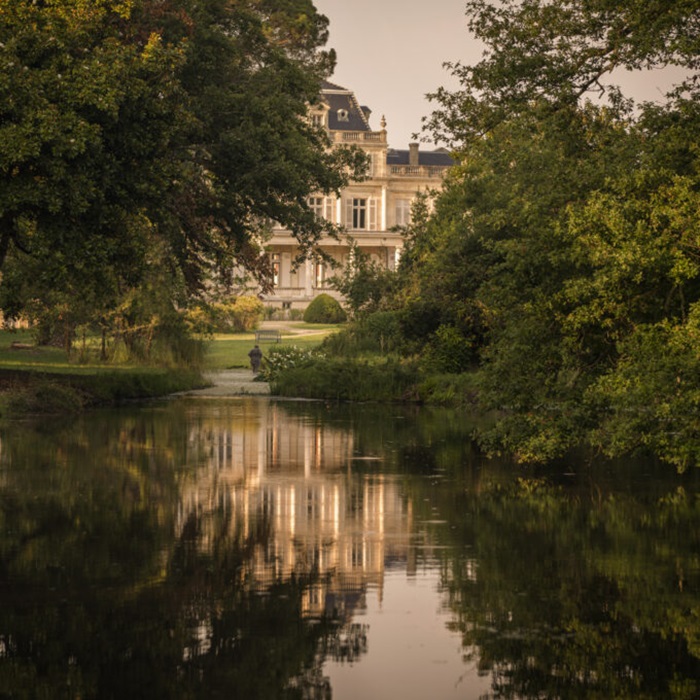
Sustainability at the heart of Giscour’s future
Château Giscours was recently awarded the RSE (Corporate Social Responsibility) label for its ongoing efforts in the vineyard and beyond. The estate is also an active member of the Bordeaux Cultivons Demain association and is fully committed to environmental responsibility in partnership with the CEC Nouvelle-Aquitaine.
The wines of Château Giscours
Château Giscours: A blend dominated by Cabernet Sauvignon complemented by Merlot, this Margaux is a particularly full-bodied wine that nevertheless retains remarkable suppleness and charm.
La Sirène de Giscours: This second wine is extremely delicate and refined, as its name suggests (sirène translating to mermaid).

